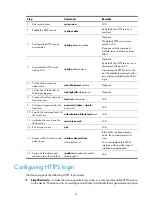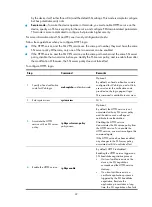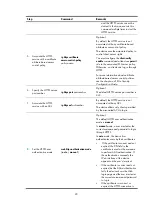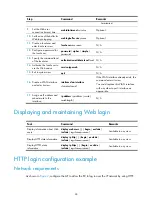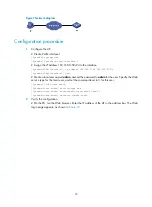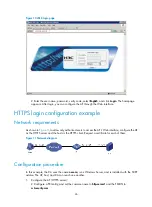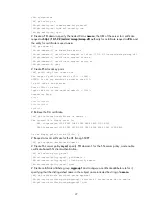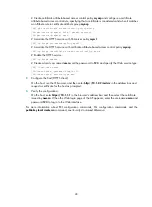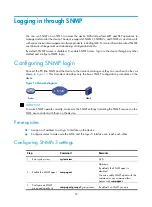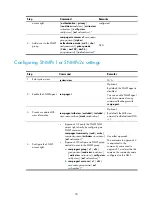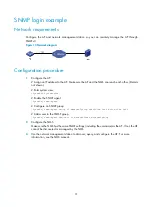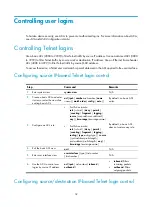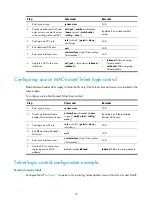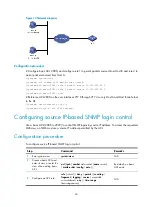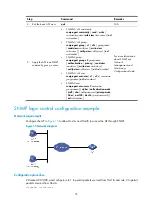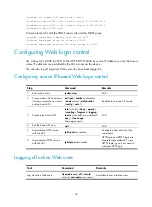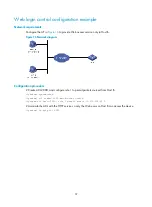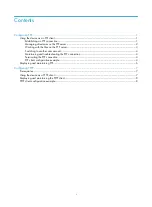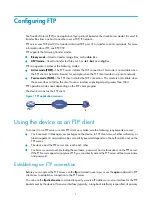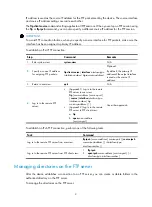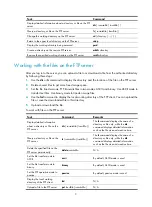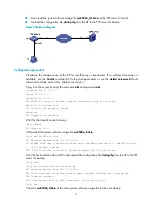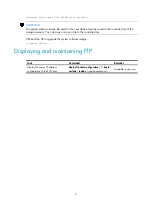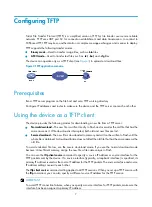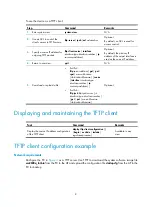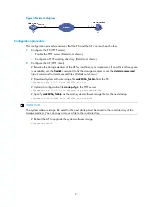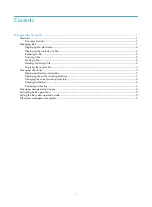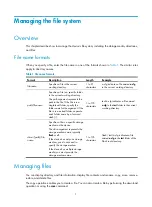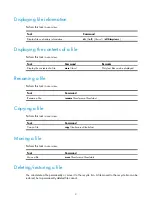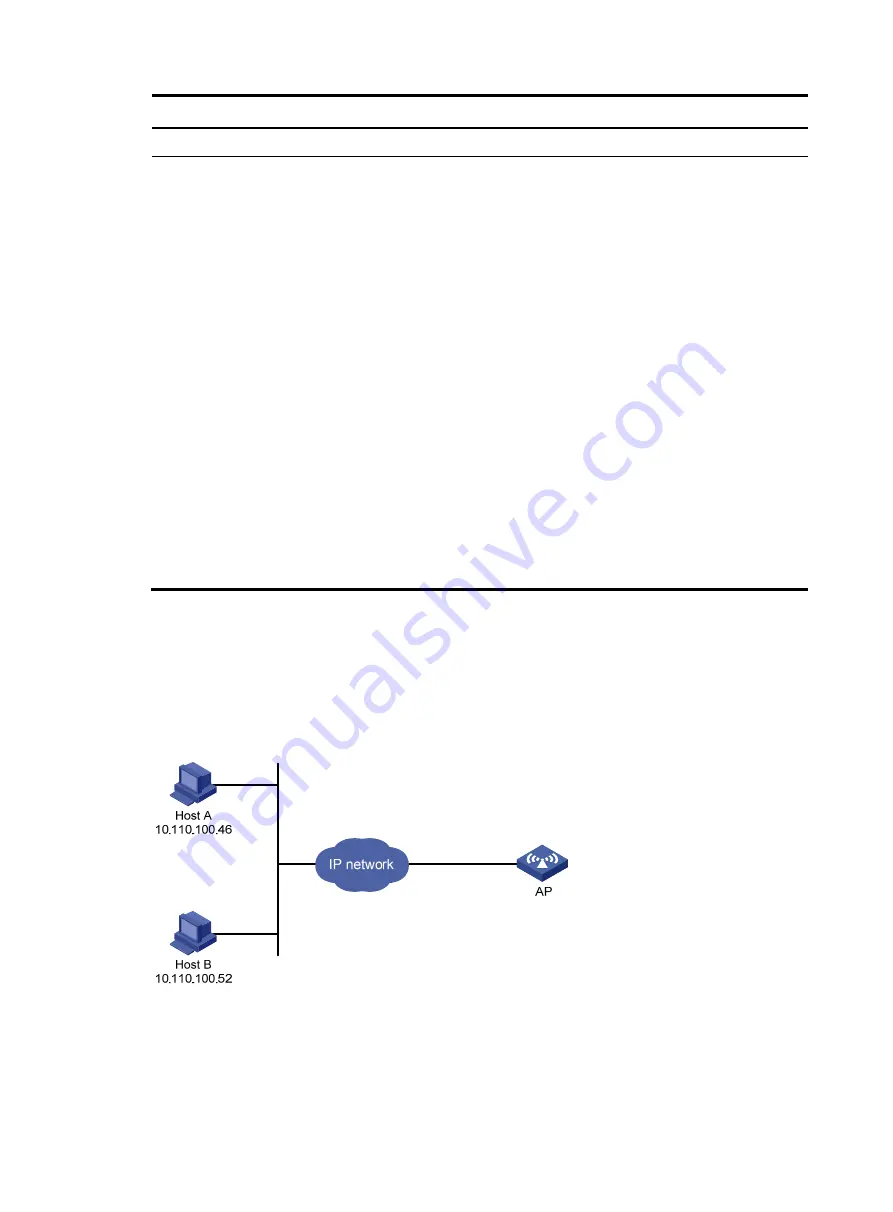
35
Step Command
Remarks
4.
Exit the basic ACL view.
quit
N/A
5.
Apply the ACL to an SNMP
community, group, or user.
•
SNMPv1/v2c community:
snmp-agent
community
{
read
|
write
}
community
-
name
[
mib-view
view-name
] [
acl
acl-number
]
•
SNMPv1/v2c group:
snmp-agent
group
{
v1
|
v2c
}
group-name
[
read-view
read-view
] [
write-view
write-view
] [
notify-view
notify-view
] [
acl
acl-number
]
•
SNMPv3 group:
snmp-agent
group
v3
group-name
[
authentication
|
privacy
] [
read-view
read-view
] [
write-view
write-view
]
[
notify-view
notify-view
] [
acl
acl-number
]
•
SNMPv1/v2c user:
snmp-agent
usm-user
{
v1
|
v2c
}
user-name
group-name
[
acl
acl-number
]
•
SNMPv3 user:
snmp-agent
usm-user
v3
user-name
group-name
[ [
cipher
]
authentication-mode
{
md5
|
sha
}
auth-password
[
privacy-mode
{
3des
|
aes128
|
des56
}
priv-password
] ]
[
acl
acl-number
]
For more information
about SNMP, see
Network
Management and
Monitoring
Configuration Guide.
SNMP login control configuration example
Network requirements
Configure the AP in
to allow Host A and Host B to access the AP through SNMP.
Figure 15
Network diagram
Configuration procedure
# Create ACL 2000, and configure rule 1 to permit packets sourced from Host B, and rule 2 to permit
packets sourced from Host A.
<Sysname> system-view

